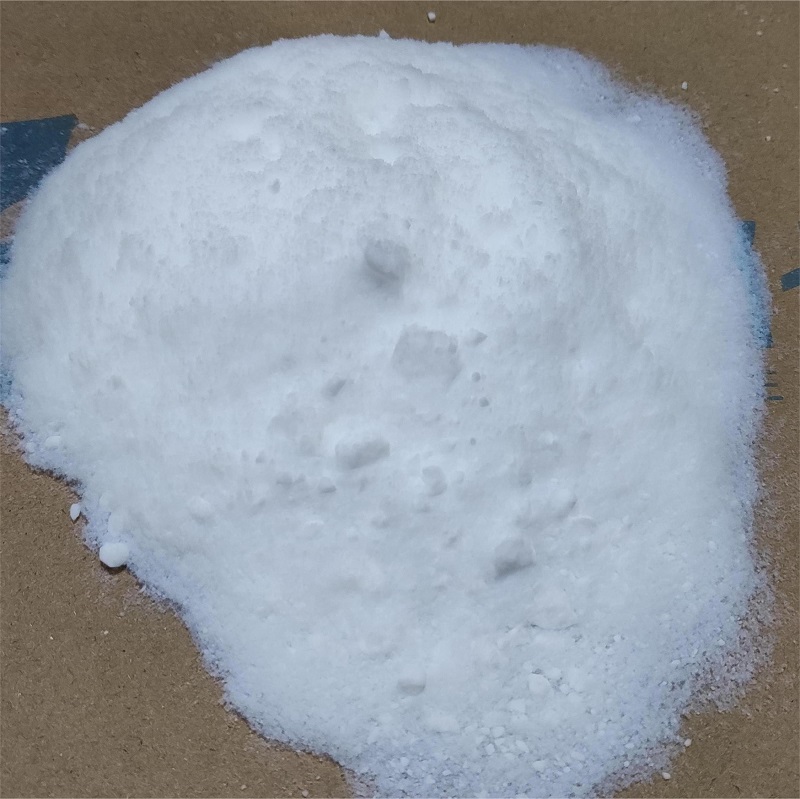[Alias]Carotenic acid, betaic acid, malic acid, methane dicarboxylic acid.
[Molecular Formula]C3H4O4
[Structural Formula]HOOCCH2COOH

[Properties]Malonic acid is a colorless and odorless crystal that absorbs moisture easily. It was first discovered when isolating the oxidation product of malic acid; hence the common name shortened to malic acid. It rarely exists in free form in nature. There are three crystal forms at room temperature, but only one monoclinic form exists above 94°C. The relative density is 1.619 (16℃), the melting point is 135.6℃ (a small amount of sublimation), and the boiling point is 140℃ (decomposition). Easily soluble in water, ethanol, methanol, isopropyl alcohol, soluble in pyridine and ether, slightly soluble in benzene. Aqueous solutions are acidic. Malonic acid can form double salts or complex salts with a variety of metals, which can be easily decarboxylated and decomposed into acetic acid and carbon dioxide when heated. Malonic acid is a strong acid and has a strong irritating effect on the skin and mucous membranes, but it is not as serious as oxalic acid.
[Use]Used as a raw material for organic synthesis. Used in the pharmaceutical industry to produce barbiturates and other drugs. It is used in the manufacture of spices, adhesives, and bactericides. It is also used as a surface treatment agent for leather and aluminum products, an electroplating polishing agent, a foaming agent for foam plastics, a cleaning agent for nuclear reactors, a thermal welding flux, and an explosive control agent.
[Brief preparation method] It is prepared from sodium chloroacetate and sodium cyanide through substitution, hydrolysis and other reactions.
[Safety and Protection]Malonic acid has low toxicity and is packed in woven bags lined with plastic bags. Each bag has a net weight of 25kg. Store and transport according to general chemical regulations. It has an irritating effect on the skin and mucous membranes. Just rinse with water when touching the skin.

 微信扫一扫打赏
微信扫一扫打赏

